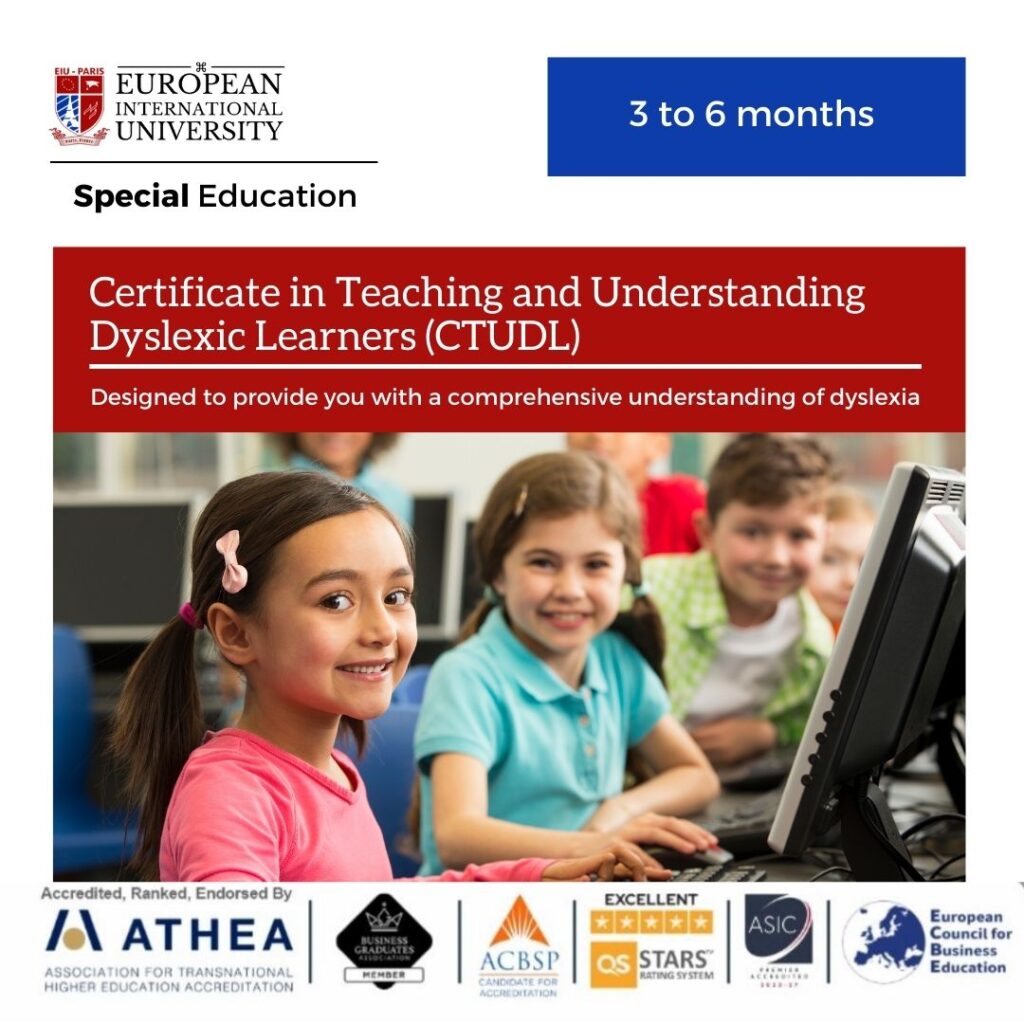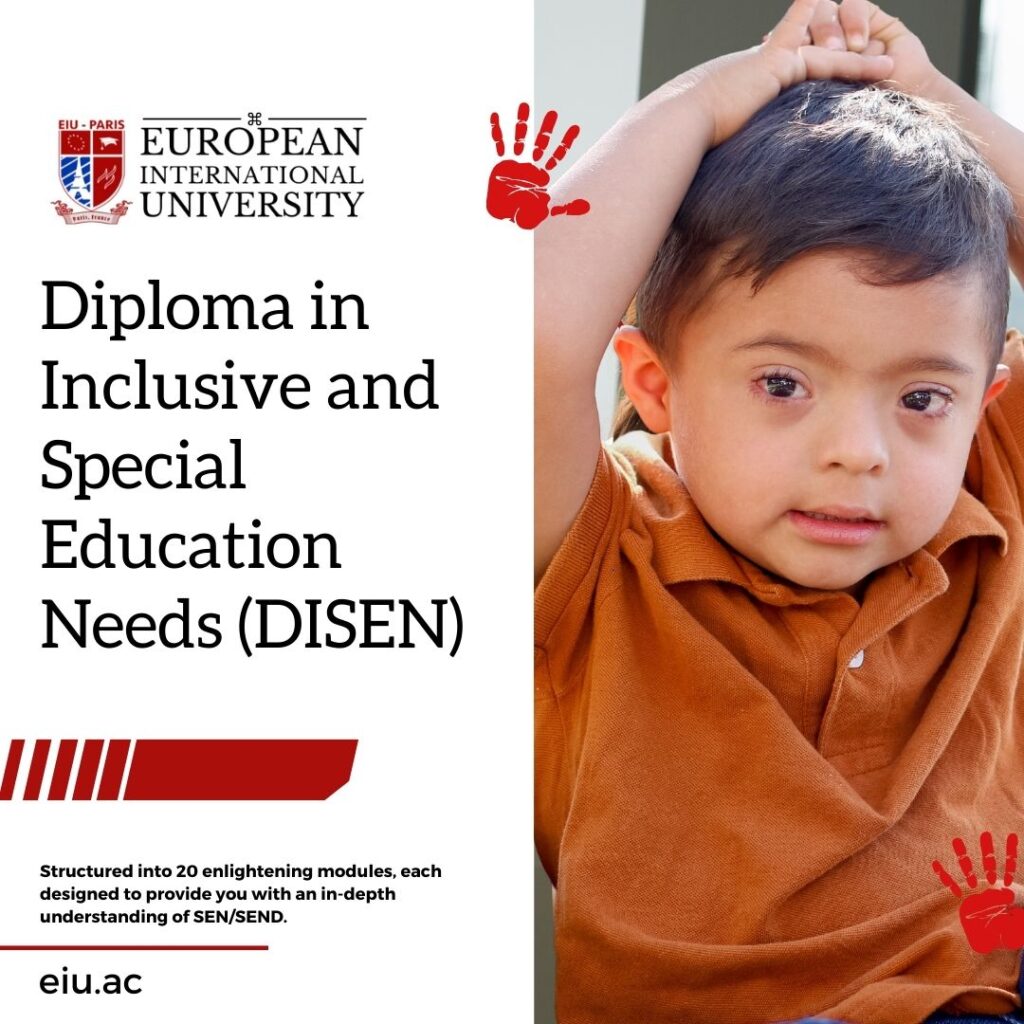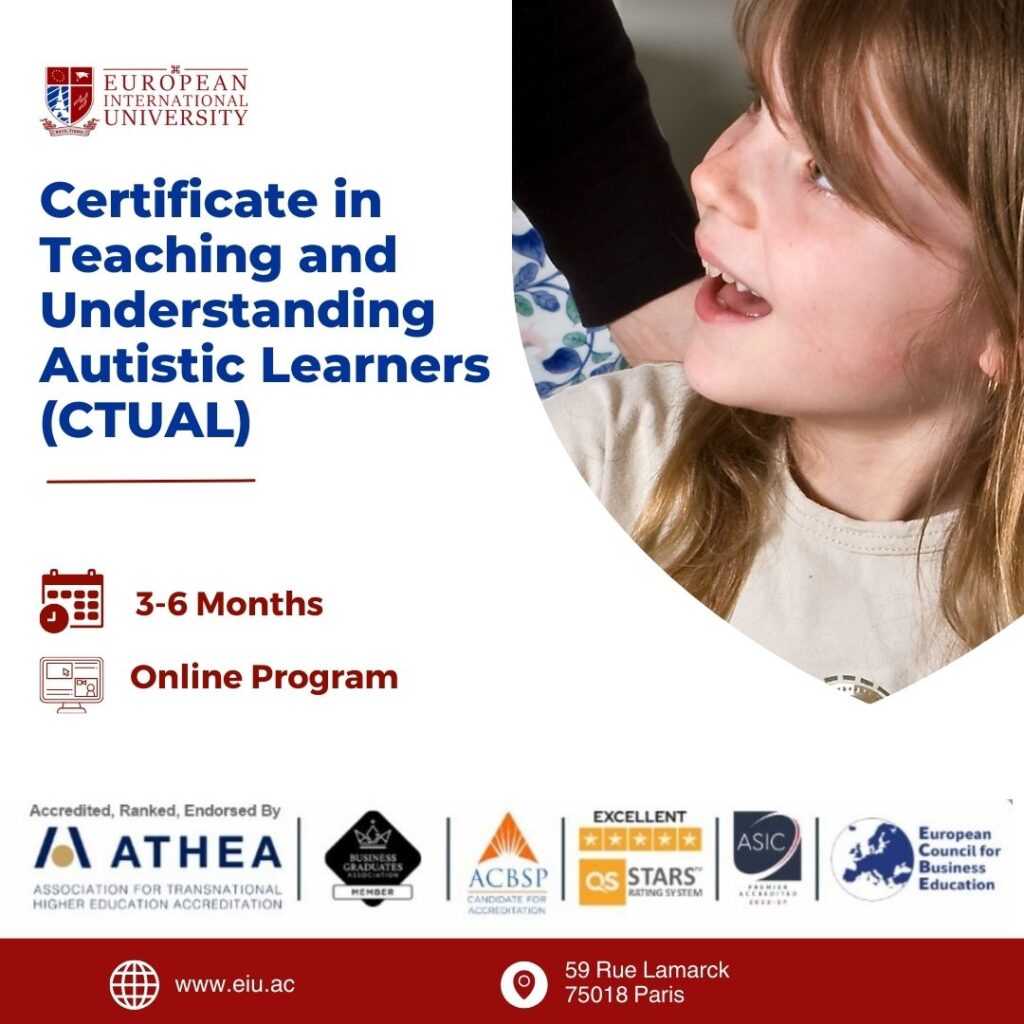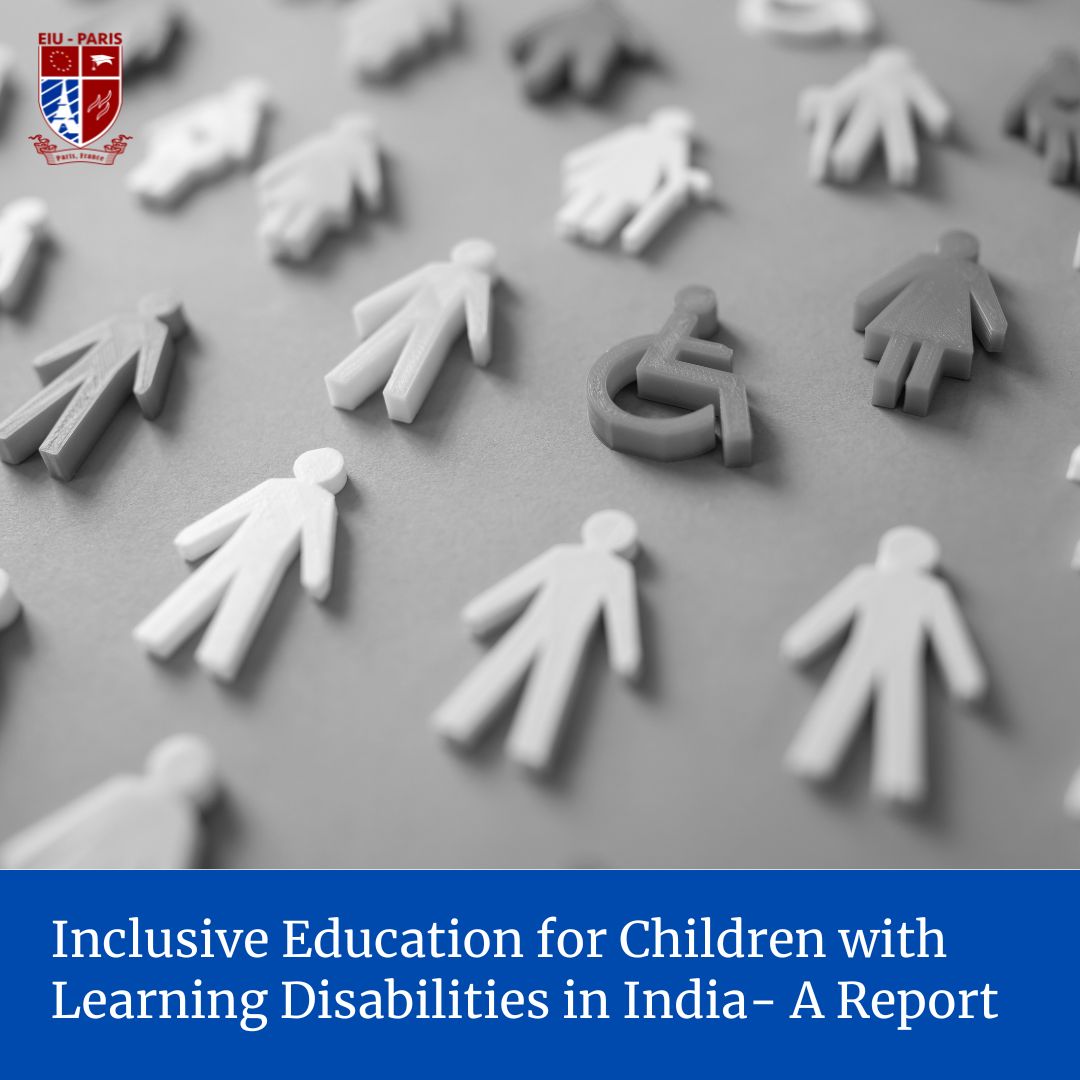How our education system systematically excludes the children who need inclusivity the most
What is inclusive education? Well, inclusive education is a concept through which our system promises to cater to the learning needs of each student present in the classroom. These students include those children with certain forms of disabilities or learning difficulties. Next, let’s come to LD or Learning Disability. According to Individuals with Disabilities Education Act (IDEA) USA, “Specific Learning Disability (SLD) means a disorder in one or more of the psychological process involved in understanding or in using languages, spoken or written, which may manifest itself in an imperfect ability to listen, think, speak, read, write, spell or to do mathematical calculations. The term includes such conditions as perceptual handicaps, brain injury, minimal brain dysfunction, dyslexia, and developmental aphasia. The term does not include children who are having learning problems which are primarily the result of visual, hearing, or motor handicaps; of mental retardation, of emotional disturbance or of environmental, cultural or economic disadvantages.” Although India has adopted the above definition from the US, the learning disability movement is considerably new.
According to recent UNESCO data, approximately 12-15% of the student population in India suffers from LD. The ratio is more in boys as compared to girls. So in an average Indian classroom consisting of 30-40 students, there are 4-6 students whose learning needs are more specific than the others. Shockingly, despite having such a prominent percentage of affected children, the HRD ministry in India does not recognize the education of children with such special needs. In 2014, the Rights of Persons with Disability bill was passed, but the bill only mentions identifying these children and choosing suitable pedagogical methods. Nothing concrete is said about the diagnosis, certification, pedagogical details, or assessment patterns. Due to the lack of a proper national policy for children with learning disabilities in India, few states like Maharashtra, Karnataka, Kerala, Goa, and Delhi have developed their own measures in recent times.



Bridging the Gap: Inclusive Education for Children from EIU-Paris
But why are we speaking so much about students having learning disabilities? How badly does it affect the students? Unlike children who are visibly handicapped, LD cannot be detected just by looking at a child. These children have problems with neurological processing. Due to a significant lack of awareness in Indian classrooms, these children are often recognized by the teachers as lazy, dull, disobedient, and the list of negative things can go on and on. Having first-hand experience as a teacher in a government school for two years, I distinctly remember designing different lesson plans and assessments that would cater to diverse students’ needs. But that was a part of my teaching fellowship. Even then, I felt unequipped to talk to the parents regarding this because, in the majority of the cases, the parents themselves are uneducated, don’t have any awareness, and refuse to acknowledge that there is some disability with their children.
The Impact of Inclusive Education
Now, imagine a government teacher always walking into an overcrowded classroom with loads of administrative work to complete, no readymade resources, and a lack of awareness about these issues. Do you think an average government school teacher would cater to LD students under such school circumstances? The answer would be a firm, “NO.” I felt helpless during the two years of my fellowship whenever I saw these children standing outside the classrooms, on the floor, or in the playground as a punishment. The maximum I could do was discuss the issue of LD with the teachers. But then the next question would be what to do with this awareness, given that there are no systems in place to take the following steps from understanding to teacher training.
Indian education system cannot claim to have inclusivity just by recognizing the needs of different students without taking action to tackle the problem. Therefore, the MHRD urgently needs to develop a national policy for LDs; a disability training program needs to be launched for the teachers, and psychologists should be appointed in all schools, especially the government ones, to augment the efforts of the teachers.
We need to remember that Inclusive education will remain an elusive dream till our education systems are equipped to empower all children to realize their potential and fulfill their dreams.
Submitted and authored by Upasana Goswami, Current Doctorate student at EIU-Paris

European International University-Paris Special Education Department
𝗖𝗼𝗻𝘁𝗮𝗰𝘁:
📩 [email protected]
📞WhatsApp: +33607591197
🌐 https://eiu.ac/lead_form/
𝗦𝗼𝗺𝗲 𝗨𝘀𝗲𝗳𝘂𝗹 𝗣𝗮𝗴𝗲𝘀:
📑 Journals Library https://eiu.ac/journals/
✍️ EIU-Paris Blogs https://blog.eiu.ac
🎦 Workshops https://www.eiuworkshops.com
🎓 Merchandise https://shop.eiu.ac/
📔 Magazine https://blog.eiu.ac/eiu-magazine/

